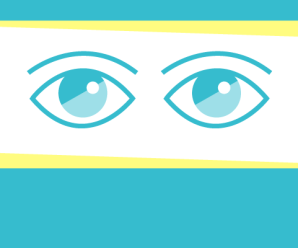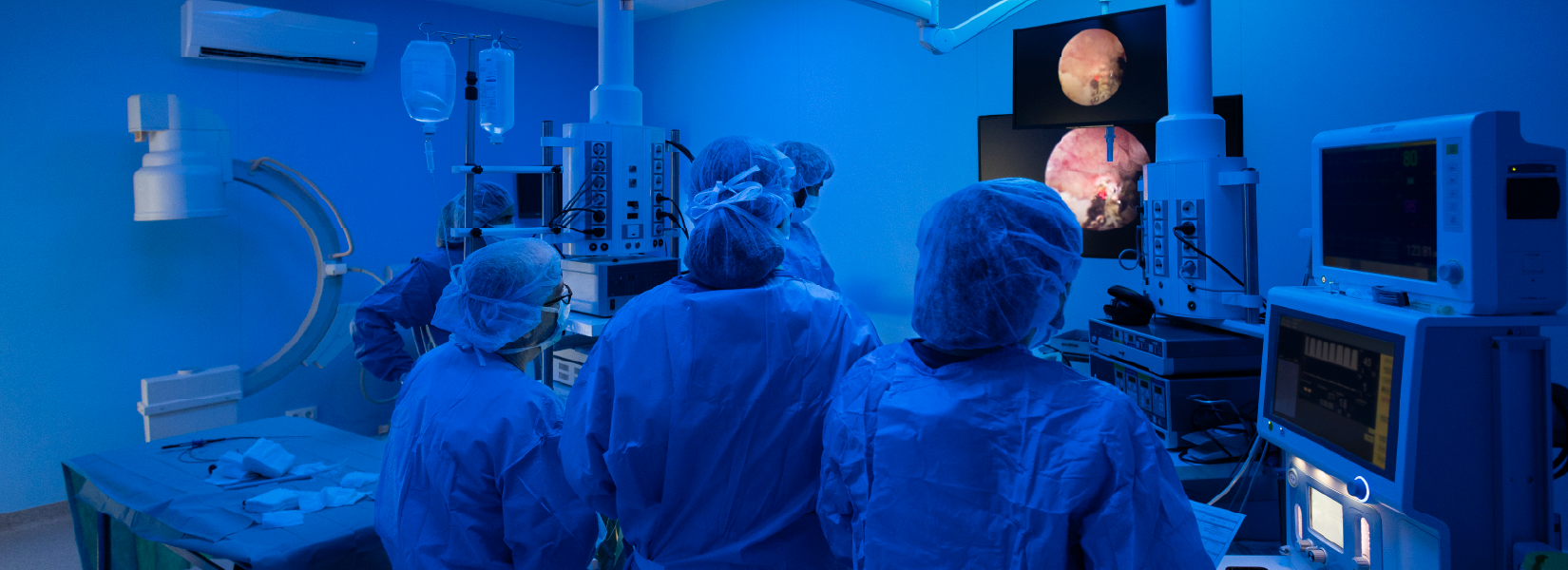
Skin cancer detecting apps are using cellphones to take health information to the next level.
Could taking a picture with your cellphone lead to a melanoma diagnosis in seconds?
Maybe.
Apps evaluate pictures of moles
Most skin cancer apps let users upload photos of their moles. The apps evaluate moles using an algorithm based on the ABCDE criteria (asymmetry, border, color, diameter, evolving features) and tell you if they are likely cancerous, said Dr. Clayton Green, a Marshfield Clinic dermatologist.
Some apps store images of your moles and remind you to repeat the photos later and look for changes. Others have calculators that evaluate your risk for skin cancer based on how easily you sunburn and other factors.
Apps aren’t completely accurate in detecting deadly skin cancer
A 2013 study tested the accuracy of four smartphone apps using images of known benign and cancerous moles. The apps correctly identified melanoma 70 percent of the time but were wrong about a deadly cancer 30 percent of the time, Green said.
That’s good enough for him to say yes when patients ask if a skin cancer app can be worth downloading. They can help you keep track of moles and alert you of problems sooner than if you weren’t monitoring skin spots.
You should make an appointment with your dermatologist or primary care provider immediately if your app says your mole may be cancerous. Request a same-day dermatology appointment, a service offered at Marshfield Medical Center. Let your health care provider know that your skin cancer app detected a cancerous mole.
The apps aren’t reliable enough that you should completely dismiss moles deemed not cancerous. If your mole is changing in size, shape or color, do not rely only on what the app tells you. Delaying treatment of melanoma can be deadly.
Monitor moles that test negative
Although skin cancer apps often are right, they fail to detect melanomas three out of 10 times.
“Melanoma is a deadly cancer,” Green said. “If the app is wrong and you wait to have your skin checked, your chances of survival are worse.”
Keep an eye on moles you’re concerned about, even if the app tells you they’re not cancerous. Make an appointment with your primary care doctor or dermatologist immediately if the mole begins to grow, change, bleed or itch. Again, requesting a same-day appointment is recommended.
Even if you have only one mole that is concerning to you or to your app, the dermatologist will likely offer a total body skin exam.
“Dermatologists often find skin cancers when you didn’t even know there was a problem,” Green said.
Apps will continue to improve
Green believes skin cancer detecting apps will become more accurate as smartphone cameras and software that evaluates the images improves.
Still, the apps aren’t substitutes for dermatologists. A biopsy and microscope analysis is still needed to confirm melanoma if the app tells you there is a problem.
“Also remember that the apps aren’t perfect,” Green said. “If the mole still looks worrisome to you, get it checked by a dermatologist.”






Leave a Reply